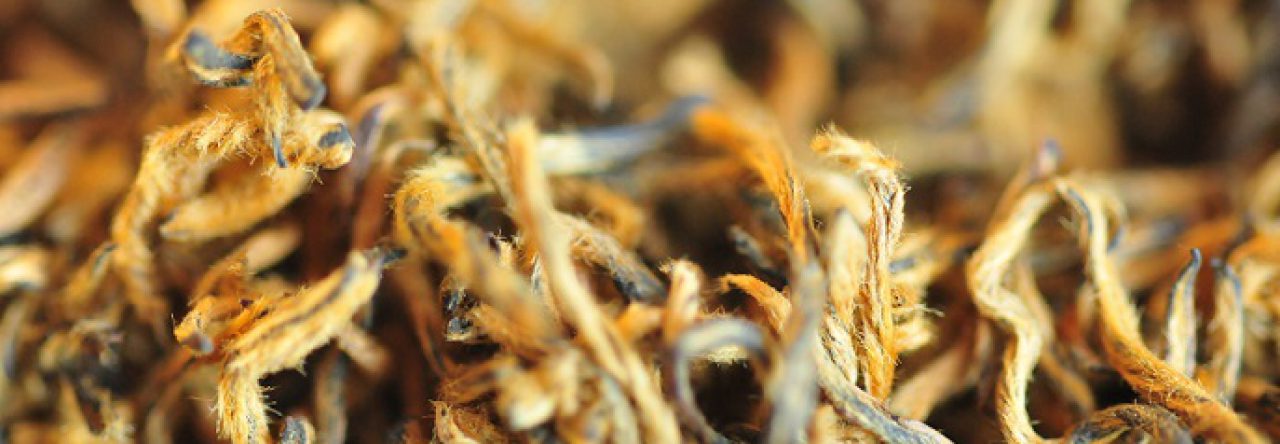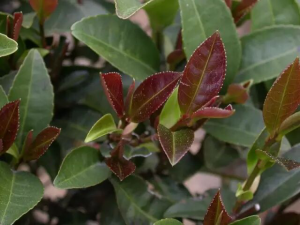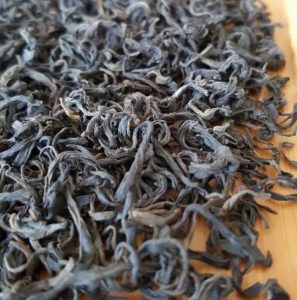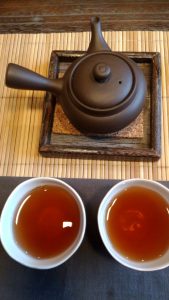Being a half Hunanist by birth, I felt so guilty of not knowing enough about Hunan and the black gold, Anhua Dark Tea. Autumn last year, finally I got my chance. In a very intensive root searching visit to ChangSha, Ivo and I managed to have a very short visit to Anhua for three days.

Due to the limit of time so we could only visited Liu Bu Xi village and observed the production of mysterious dark tea production, and of course we have opportunities to taste plenty authentic fine tastes of Anhua Dark Tea during our visit. Unfortunately the visit was too short, but plenty fine memories still in my heart every time I make myself a cup of Anhua dark tea.
What attracted us the most are not how fine in flavors and tastes from Anhua Dark Tea in that short visit, but more over on how the local people coherently forge a harmony bonding relationships through mutual respect with the Nature, and how the local people persistently preserve the old traditions in tea production know-how.


Anhua Dark Tea actually has over 2000 years stories in China history and was a well known border trading tea with Tibet since Ming Dynasty. There is a widely spread and well known legend about Anhua Dark Tea:
On the ancient Silk Road, one day a caravans that transported tea encountered rain and tea got drenched and moist. The tea merchants, of course, were very upset, but it was pity to throw it away so they went to a village, hopefully to rest and to dry the drenched tea. But at that time, many villagers died from dysentery and they have nothing to eat or drink. The tea merchants gave the tea to sicked and poor villagers. The result was splendid, villagers were all healed by drinking tea. Since then Anhua Dark Tea is known for its medicinal effects.
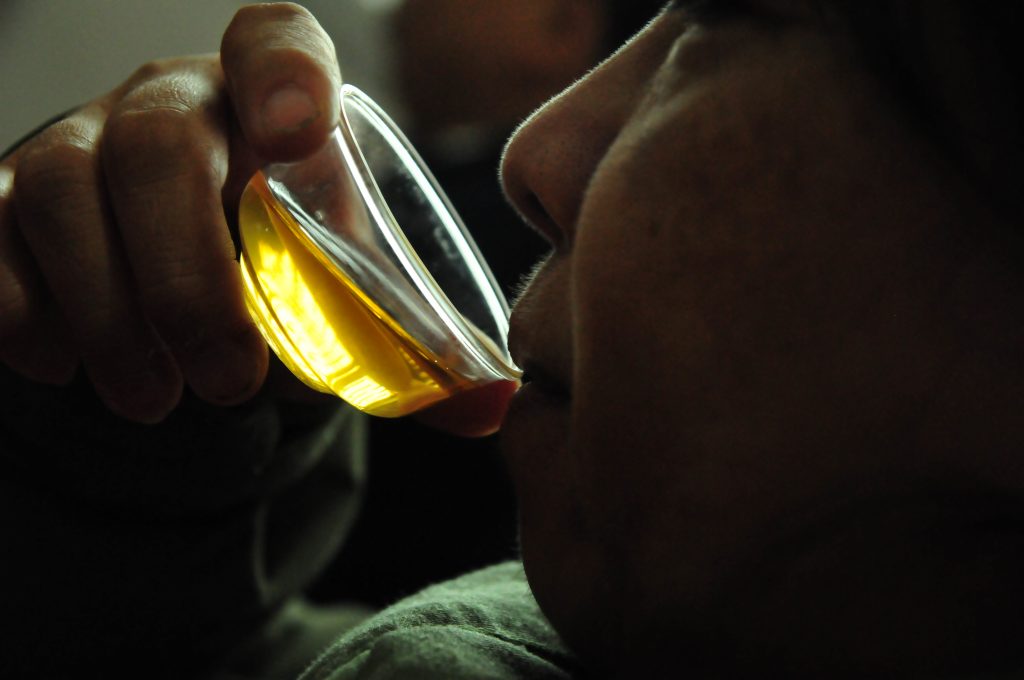
Today there are many international scientist research institutes are conducting research on dark tea to health. There are few unique characters we do can mention here:
- Even though it does not have very sexy and delightful flavors but it tastes sweet and smooth
- It comforts the stomach with its gentle sweetness and smoothness tastes
- It keeps the stomach and body warm
- Those who love black tea would easily fall in love with Anhua dark tea
- It tastes good with or without milk. To those who concern the cholesterol, of course, should consider to drink it straight and pure without milk.
- The flavors and tastes get better with the post-fermentation storaging, under appropriate conditions. Holds a great potential for value appreciation.
The production process of Anhua Dark Tea can be grouped in four major steps: Tossing, Rolling, Staking and heaping for microbial fermentation through moist heat. In the microbial fermentation process, secret of golden flowers are developed.
Dark tea is not only not yet very known in Europe or North America, even in China there are lots of misunderstanding. Honestly speaking, Dark tea has always been, which is still today, remains as an uncovered black gold that you should give yourself a chance to experience its tastes.
Each tea has it unique territorial characters that we need to learn to respect and appreciate. A physical tasting experience is extremely important to promote Dark Tea. There are plenty stories to discover behind the tea leaf, starting from the Nature, tea trees, hard working people, wisdom in tea production and urban culture and living rituals that people in Anhua are still holding on today.
Join me to discover the secret of golden flowers from Anhua dark tea. I can’t help to expect my next exploration to AnHua soon again.

